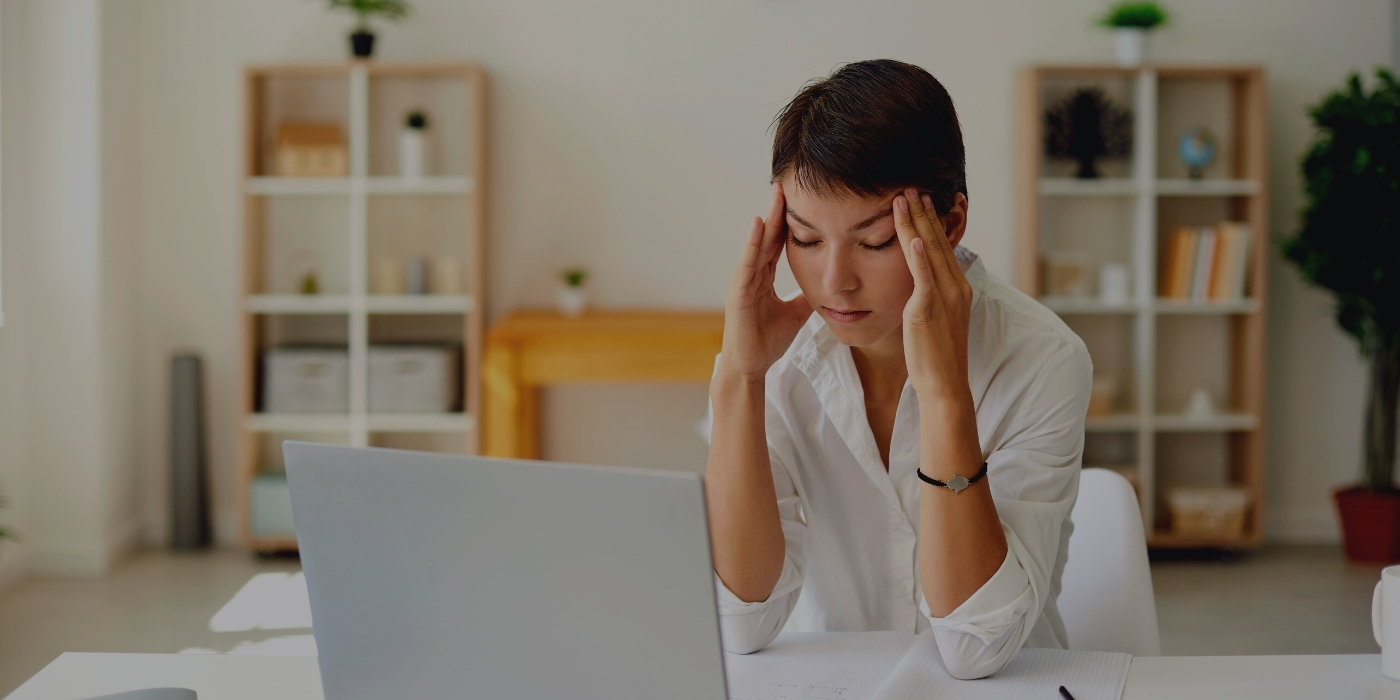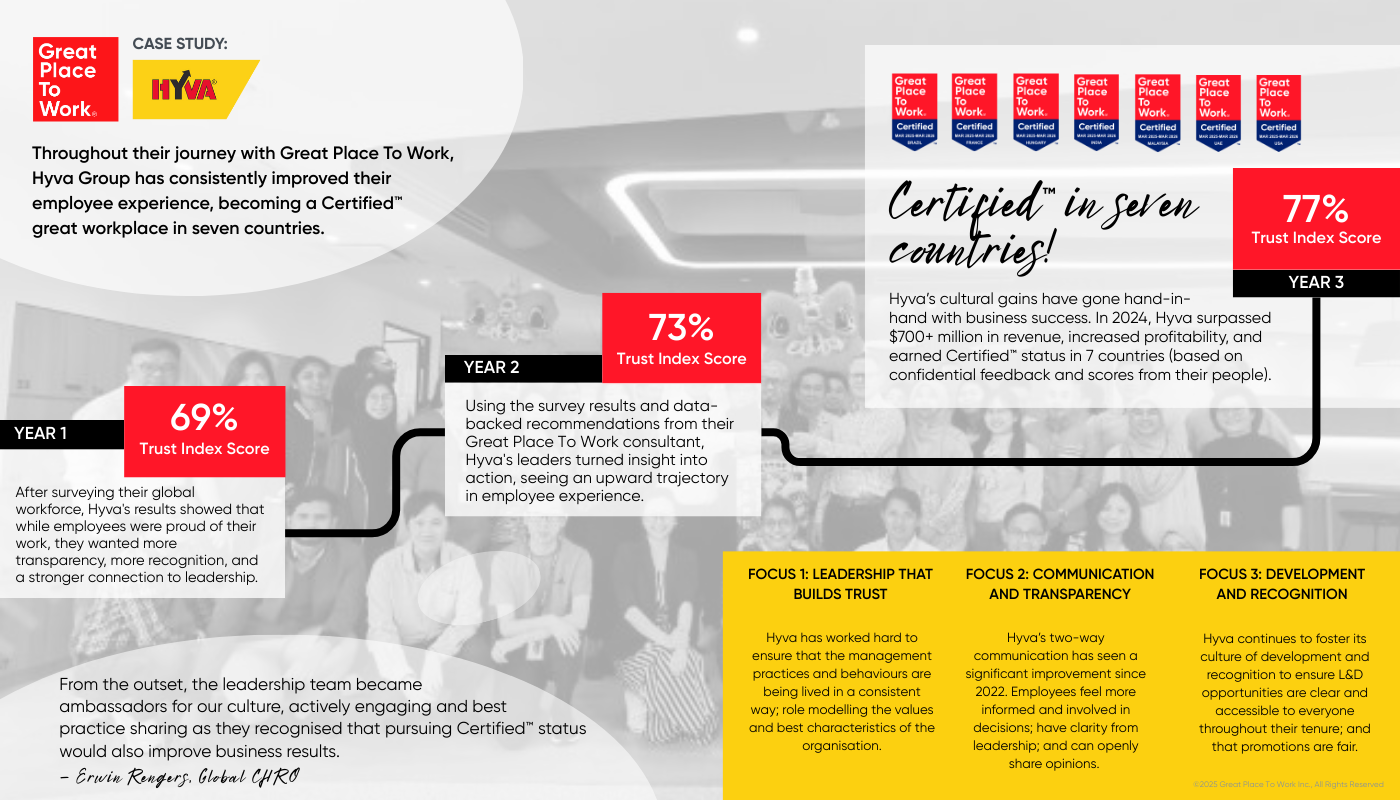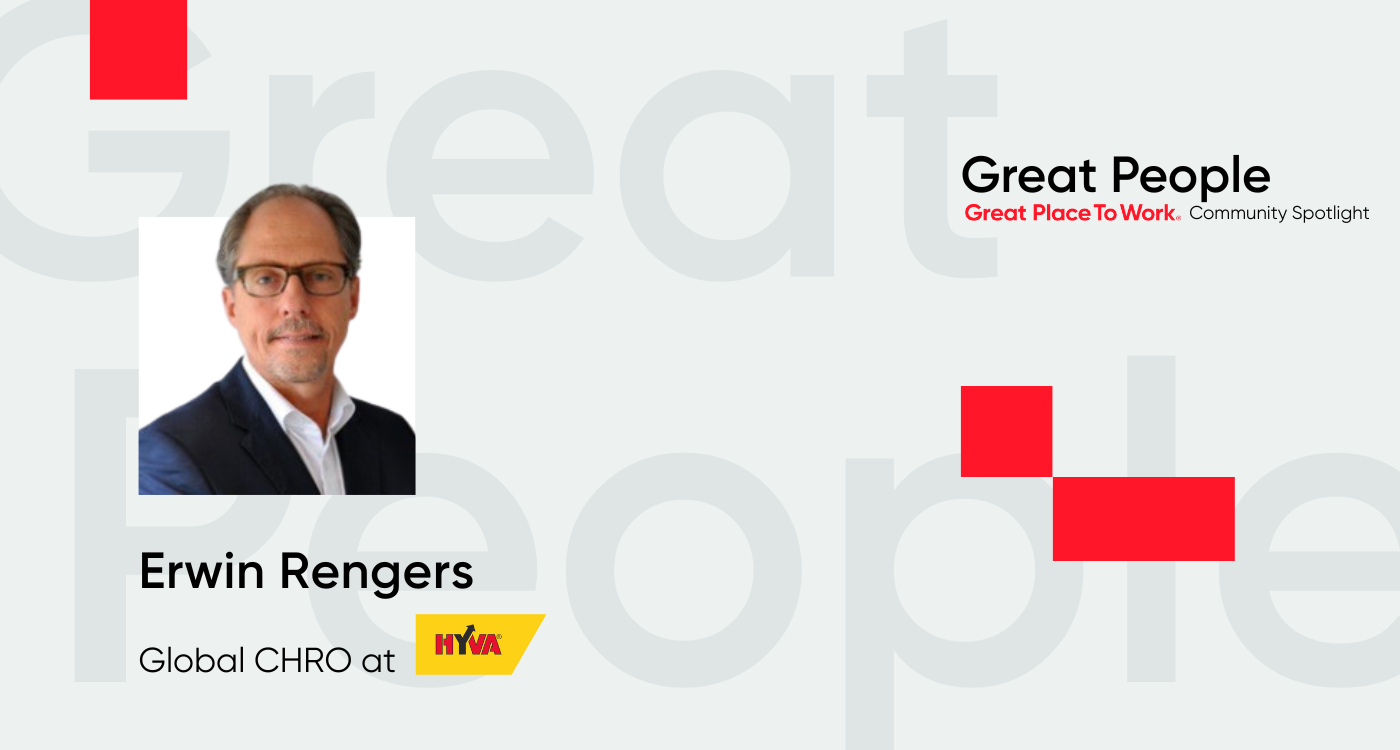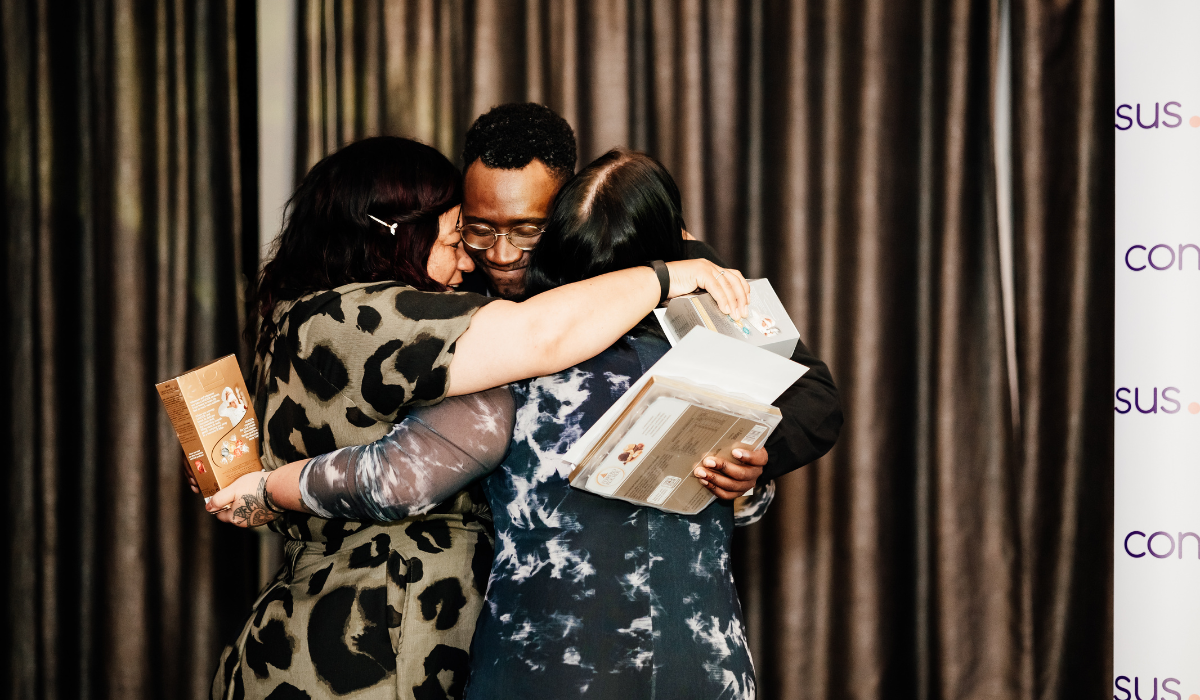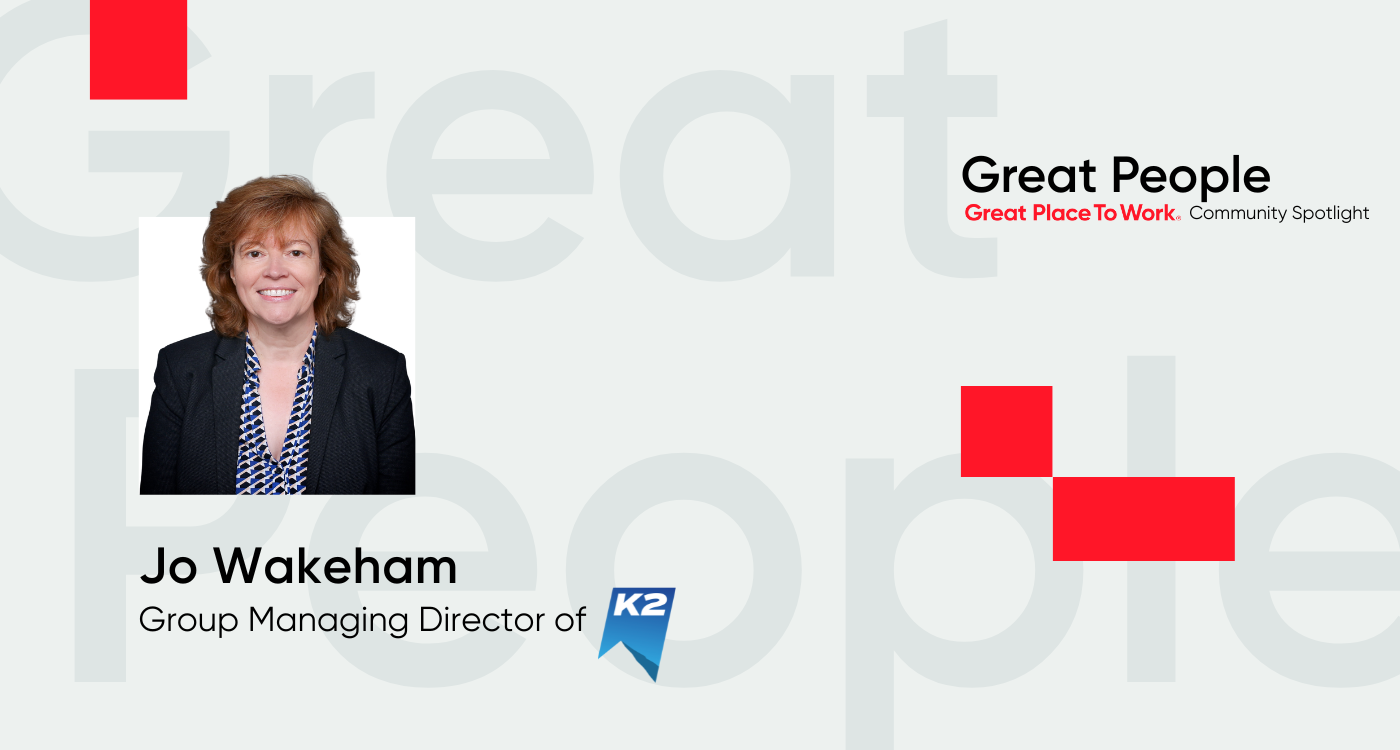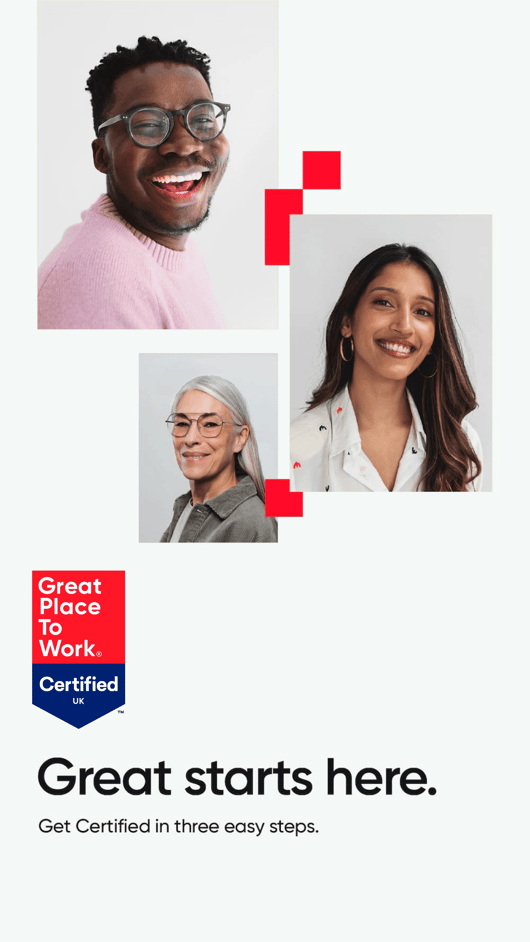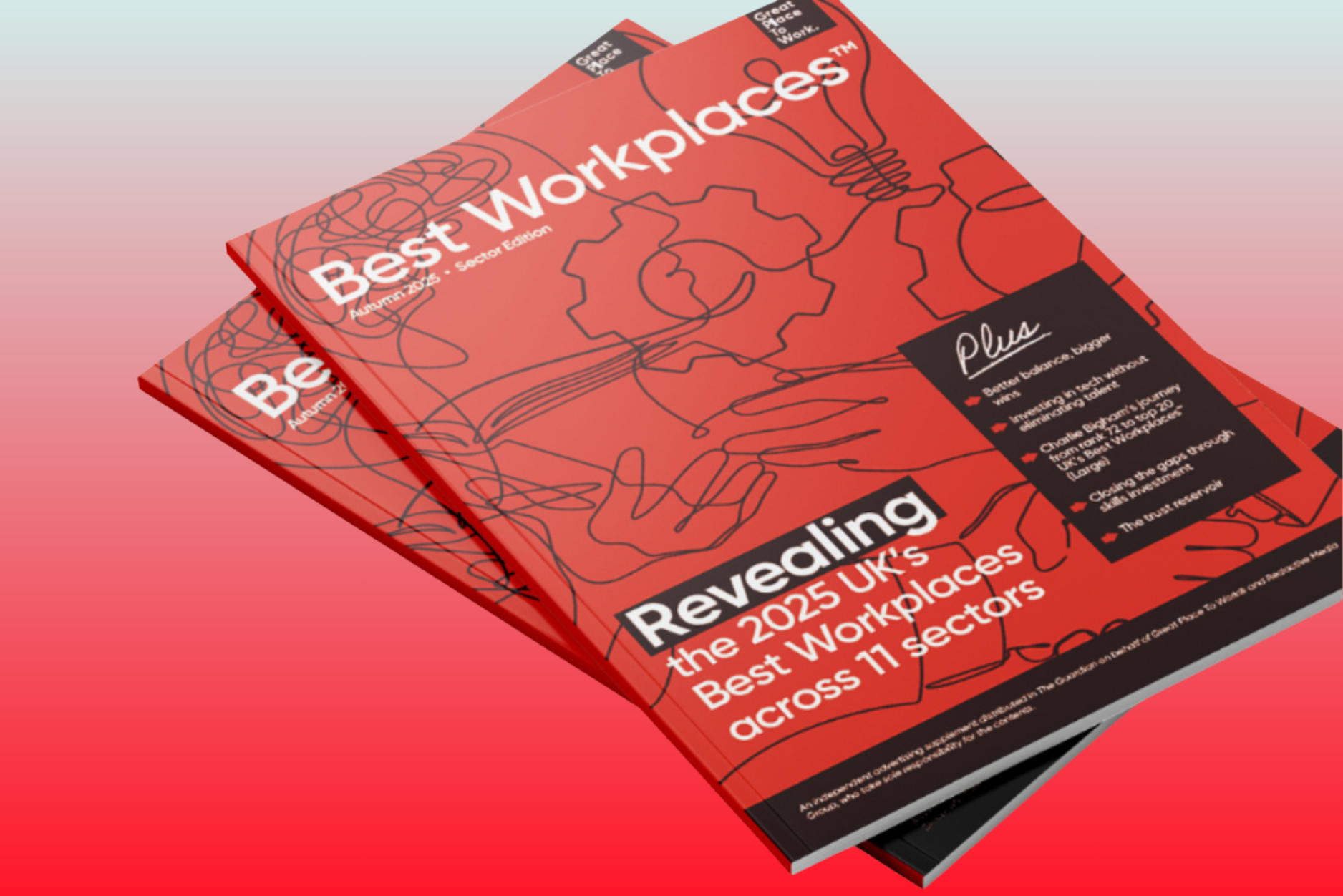Migraine is the third most disabling disease in people under 50 – during their prime working years – and is nearly three times more common in women than men.[1] Our Wellbeing Specialist, Sara Silvonen, shares her experience of migraine with aura, and how employers can help.
What a Migraine Feels Like
I was 15 when they started. Without warning, in a GCSE art class, the shapes I had sketched with Conté began to disappear – only to reappear through peripheral vision.
A small, brightly flashing light then emerged on the paper, moving fluidly with my gaze. Five minutes later, I realised my head was throbbing with pain. On a similar occasion in a maths class, my algebraic equation suddenly didn’t make sense because ‘(x-1)’was in my blind spot. What’s happening to me?

These were my first migraine attacks with aura.
I don’t ever recall feeling particularly scared about this momentary loss of normal vision, however bizarre. My father suffers from cluster headache and my mother from migraine and chronic tension headache, so I was bound to be affected too.
On average, attacks occurred every couple of months until just before my final high school exams when I started suffering up to two a day. The most intrusive feeling came from spotting that too familiar serrated light in front of my eyes, whether open or closed, as I was drifting off to sleep.
The fix: take a strong painkiller and wait it out. Yet equally depressing were the mornings waking up to the flashing light inside my eyelids. Not again.
Knowing academic stress was a trigger, the daily attacks I got in exam terms during my undergraduate years hardly surprised me. I visited A&E and spoke to a pain specialist once, but the conclusion was always underwhelming – there was nothing really to do except manage stress, live a healthy lifestyle and know how to curb an attack.
Migraines Can Take Many Forms
Migraine with aura is a relatively rare condition, with only 10-30% of sufferers experiencing this visual disturbance[2]. Though highly disorientating and disabling in the moment, it typically passes within 20 minutes for me: flashing light, blind spot, throbbing pain, and finally fatigue, which can last the rest of the day.
Over time, I’ve become confident in dealing with my attacks: 400-800mg of Ibuprofen, which I carry everywhere, taken during the aura stage ensures the entire episode is limited to about an hour.
While my attacks nowadays seem to occur completely randomly, others have clear triggers such as hunger or dehydration, lack of sleep, lights, noise, stress or specific substances like caffeine, alcohol, food additives or even cheese – which can then be avoided.

To me, chronic migraine is a great example of a perfectly manageable condition – provided you have the knowledge and tools to cope with it, and the understanding of those around you.
The support of my parents, friends, managers and colleagues has ultimately made this a relatively easy ride. And probably because of this, I wouldn’t hesitate to share – case in point here – my experience. It never occurred to me that migraine could have an element of stigma attached to it; despite being an invisible condition, it is a concrete neurological diagnosis.
But I know I’m lucky with the nature of mine: any impairment to functioning is short-lived and easily managed, and so my quality of life hasn’t been compromised.
I’m also lucky to be an employee at a great place to work – quite literally – where the thought of offline recovery time being a problem is just unfathomable. Regular breaks from computer screens and speaking openly about personal wellbeing are not only welcomed but encouraged.
Others are not so lucky. Around 75% of employees with migraine experience attacks at least once a month[3]. Symptoms like light and noise sensitivity, cognitive and speech difficulties, dizziness and nausea can be so severe they make lying down in a dark room the only option, with attacks lasting up to 72 hours at a time.
The unpredictability, frequency and severity of attacks can cause extreme awkwardness in some jobs and render others undoable. But it shouldn’t be like this.
How Employers Can Help
As with all forms of employee wellbeing, supporting those with migraine involves both proactive and reactive elements (i.e. preventing issues by promoting health, and offering support for those acutely affected).
-
Prioritise your workforce’s wellbeing: encourage healthy lifestyles and self-care while actively monitoring stress levels, as an overload is breeding ground for a range of health issues, including migraines.
-
Nurture psychological safety and build trust among teams so that employees feel comfortable speaking up - particularly around informing line managers of their needs.
-
More specifically, consider workspace adjustments that can help to avoid triggers and thereby prevent attacks. Only sufferers themselves will know what these are, so encourage openness.
-
Also consider the environment needed for an employee experiencing an attack. If staff are working away from home, are there a spaces or meeting rooms where lights can be dimmed for them to lie down and have the space to recover? Bear in mind the fatigued state that can linger afterwards and its implications for tasks and workload. Flexibility is key here.
Migraines have been described as, and can indeed feel like, the presence of an animal tormentor, a caged creature holding the sufferer captive inside their head. And yes, an attack is always bound to be a nuisance - especially within the workplace. But when supported and empowered by the right environment and culture, the wild creature can hopefully be tamed into a manageable pet.
Supporting Your Employee Wellbeing Strategy
Get data-driven insights and interventions to develop a wellbeing culture, and learn how your organisation can obtain official recognition for nurturing your employees' wellbeing.
[1] Journal of Occupational and Environmental Medicine, 2009, 51(2), pp. 213-220.
[2] Migraine Trust: https://www.migrainetrust.org/about-migraine/migraine-what-is-it/facts-figures/
[3] The Journal of Headache and Pain, 2016 (17), pp. 104 | Journal of the Neurological Sciences, 2017(15), pp. 307-315 | Neurology, 2007; 30;68(5), pp.343-349.
Sara Silvonen is a Consultant and Wellbeing Specialist at Great Place to Work UK. With an academic background in organisational psychiatry and psychology, she is particularly interested in supporting organisations in understanding the value of wellbeing-based interventions.
